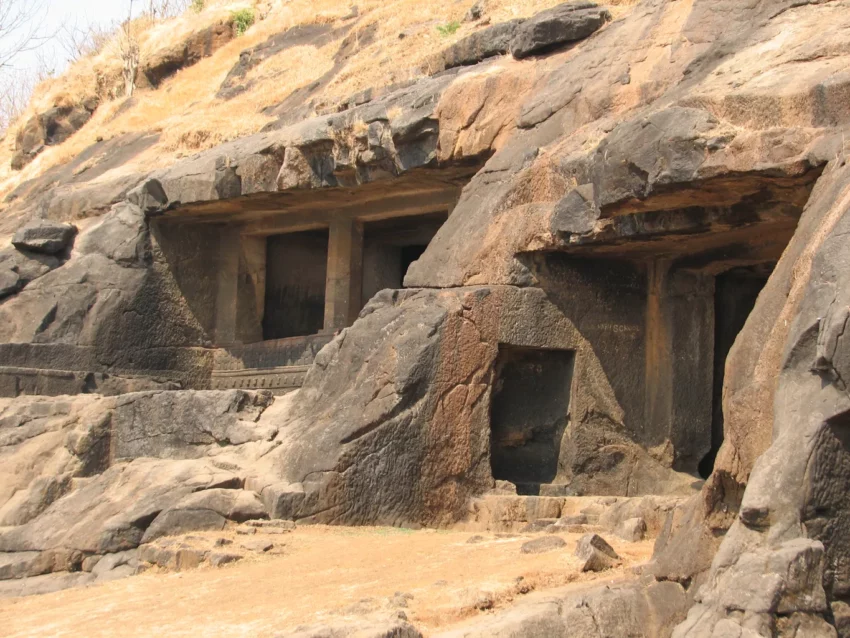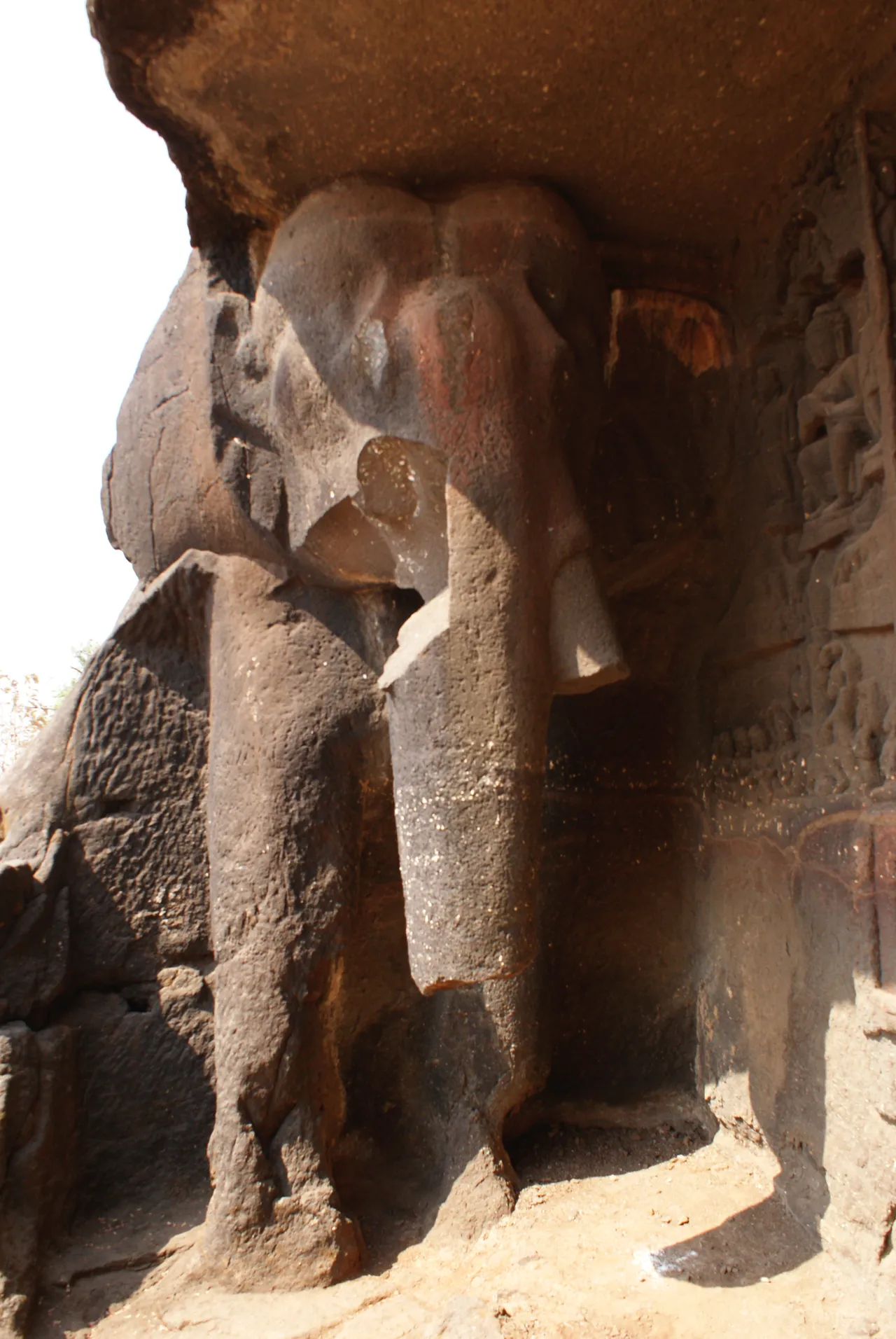Introduction
The Kuda Caves, located in the Raigad district of Maharashtra, India, are a series of 26 Buddhist rock-cut caves. These caves date back to the 1st century BC to the 6th century AD. They are situated on a scenic hill overlooking the Arabian Sea, near the village of Kuda. The Kuda Caves are part of the rich cultural and religious heritage of the region. The caves provide valuable insights into the art, architecture, and religious practices of ancient India.
Get your dose of History via Email

Historical Background
The Kuda Caves were carved out during the Satavahana period, a dynasty that ruled much of central and southern India from 1st century BC to the 3rd century AD. The Satavahanas were known for their patronage of Buddhism, and the Kuda Caves were part of a broader tradition of rock-cut architecture that included other famous sites such as the Ajanta and Ellora Caves.
Architecture and Layout
The Kuda Caves are primarily known for their chaityas (prayer halls) and viharas (monastic dwellings). The architectural features of these caves include:
- Chaityas: These are the prayer halls, characterized by their horseshoe-shaped entrances and stupa at the end of the hall. The chaityas served as places of worship and meditation for the monks and the lay followers.
- Viharas: These are the monastic dwellings, consisting of small cells arranged around a central hall. The viharas served as living quarters for the monks and included features such as stone beds and small niches for lamps.
- Inscriptions: The caves contain several inscriptions in Brahmi script, which provide valuable information about the patrons who funded the construction of the caves and the monks who resided there.
- Sculptures and Carvings: The walls and pillars of the caves are adorned with intricate carvings and sculptures depicting Buddhist motifs such as lotus flowers, stupas, and figures of the Buddha and Bodhisattvas.
Notable Features
- Cave 4: One of the most significant caves, Cave 4 is a chaitya hall that features a large stupa at the end of the hall. The cave also contains several inscriptions that mention donors and the purpose of the cave.
- Cave 9: This cave is notable for its intricate carvings and sculptures. The facade of the cave features beautiful carvings of lotus flowers and other floral patterns.
- Stupas: The caves contain several stupas, which are hemispherical structures that contain relics and serve as objects of veneration. The stupas in the Kuda Caves are adorned with carvings and inscriptions.
Significance
The Kuda Caves are significant for several reasons:
- Buddhist Heritage: The caves provide valuable insights into the spread and development of Buddhism in western India. They illustrate the architectural and artistic styles that were prevalent during the Satavahana period.
- Cultural Exchange: The inscriptions and carvings in the caves reflect the cultural and religious exchanges that took place in ancient India. They provide evidence of the patronage of Buddhism by local rulers and merchants.
- Art and Architecture: The caves are an important example of rock-cut architecture, showcasing the skill and craftsmanship of the artisans who carved them. The intricate carvings and sculptures highlight the artistic achievements of the period.
Preservation and Tourism
The Kuda Caves are protected as a site of historical importance by the Archaeological Survey of India (ASI). Efforts have been made to preserve the caves and their carvings, although the site faces challenges such as weathering and vandalism.
The caves are a popular destination for tourists and scholars interested in ancient Indian history and Buddhist architecture. The scenic location of the caves, overlooking the Arabian Sea, adds to their appeal as a tourist destination.
Conclusion
The Kuda Caves are a remarkable testament to the rich cultural and religious heritage of ancient India. They provide valuable insights into the spread of Buddhism, the patronage of local rulers, and the artistic and architectural achievements of the Satavahana period. As an important historical and archaeological site, the Kuda Caves continue to attract visitors and researchers, contributing to our understanding of India’s ancient past.
Sources:



